
Pentagon leaders brief department's COVID-19 response to reporters

Thomas McCaffery, assistant secretary of Defense for Health Affairs (left) briefs reporters about DoD response efforts to the COVID-19 pandemic. Also participating were Lernes Hebert, deputy assistant secretary of Defense for Military Personnel Policy, and Thomas Muir, director of Washington Headquarters Services. (Department of Defense photo)
COVID-19 has presented local leaders and commanders in the Department of Defense with unprecedented decision-making challenges in the past few months. Thomas McCaffery, assistant secretary of Defense for Health Affairs, voiced confidence in the response of these leaders who are using Military Health System data to make decisions about COVID-19 for their commands. McCaffery made his remarks during a July 1 press briefing at the Pentagon in Arlington, Virginia.
“Decision-making is very much tied to what is happening in their local community,” McCaffery said. “[The MHS] tracks [COVID-19] cases and get reports on a daily basis, and that information is shared with the commanders on the ground to make well-informed decisions about what to do.”
McCaffery was joined in the briefing by Thomas Muir, director of Washington Headquarters Services, and Lernes Hebert, deputy assistant secretary of Defense for Military Personnel Policy. The officials described how the Military Health System is supporting community leaders across the nation facing pandemic re-opening decisions by offering timely data and sharing information. The leaders also noted the vast system of medical specialties, professions, and research that informs the total effort to give commanders the medical resources they need.
The officials said the COVID-19 pandemic affects each population center differently and at different times. As the country experiences “hot spots” of pandemic activity, community leaders and military commanders together decide protocols for public safety on a case-by-case basis, backed by Pentagon and CDC guidance and updated health surveillance data.
“The installation commanders are following local public health guidance and making sure that we have a well-informed force, as evidenced by the behavior they’ve exhibited throughout this pandemic,” Hebert said.
MHS gathers and analyzes data on the novel coronavirus and COVID-19 largely through the Defense Health Agency’s Armed Forces Health Surveillance Branch. AFHSB monitors the spread of the virus and other emerging pathogens that may threaten the safety of U. S. service members.
The Washington Headquarters Service’s Muir shared how the Pentagon uses the most current medical surveillance data as employees slowly return to the office.
“We look at the same data from authoritative sources,” Muir said. “We are fortunate in the DC area that [COVID-19 cases] are all trending downward. Working with local public health authorities and our Public Health Office here in the Pentagon drove us to make the decision to move into Phase 2 of our resilience plan, so we’re seeing a return of the workforce.”
Signs are posted all over the Pentagon, Muir said, to encourage employees to social distance in the workplace when possible and wear cloth face coverings. Face coverings are provided to employees arriving without one at the building. Muir reported strong compliance with the new procedures, complimenting the workforce for their flexibility.
“We’re seeing great behaviors from a well-educated and informed workforce,” Muir said. “They know what they need to do to protect themselves and their families.”
MHS redoubled military medicine’s research and development efforts to focus on diagnostic testing and has previously announced a $75 million investment in vaccine research candidates. McCaffery noted that DoD is supporting Operation Warp Speed, the whole-of-government initiative to deliver 300 million doses of an effective vaccine for COVID-19 by January 2021.
“It’s natural that we do research on vaccines because we want to make sure if our troops are deployed somewhere that they have protection against infectious diseases,” McCaffery said. “So some of the research that we have been doing for military purposes on several vaccine and therapeutic treatments is a part of the all-government effort to meet that Operation Warp Speed goal.”
For more information on how MHS is contributing to DoD coronavirus efforts, visit the coronavirus page on the Military Health System website.
Confronting the Coronavirus and Countering Complacency
Article
7/2/2020

Call it the COVID-19 complacency conundrum.
U.S. Naval Hospital Guam Collects Convalescent Plasma from Sailors
Article
7/2/2020
.ashx?h=68&la=en&mw=120&w=120&hash=0B5A7CC2C0FF6A6ED4927F1CA04D78C26FD98BD868607C5947D4B87BBCEA9905)
The CCP is the liquid part of blood from patients who have recovered from an infection.
BAMC Change of Command 2020
Article
7/1/2020
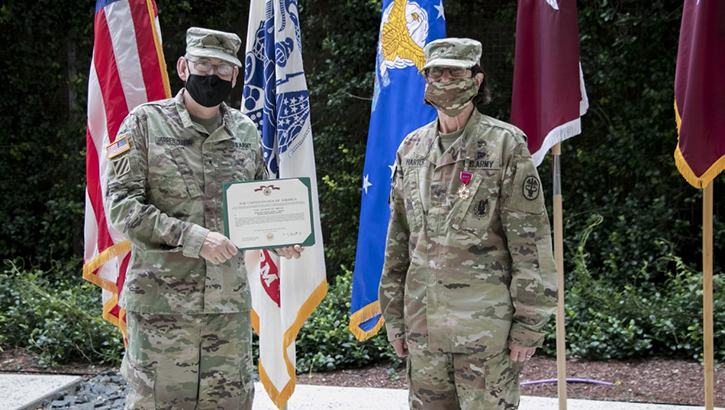
Army Brig. Gen. (Dr.) Wendy Harter, the first female commander in Brooke Army Medical Center’s history, turned over command to Army Brig. Gen. (Dr.) Shan Bagby, the first African American commander in BAMC’s history during a June 26 change of command ceremony at Joint Base San Antonio-Fort Sam Houston, Texas.
COVID-19 leads to innovation in military health care practices
Article
7/1/2020
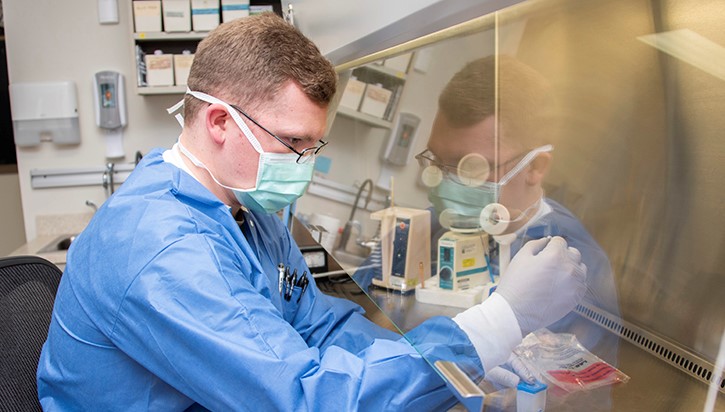
MHS thinks outside of the box to bring care to patients during pandemic
Supplemental Guidance 10 for Military Medical Treatment Facilities and Military Dental Treatment Facilities Directors in regards to Coronavirus Disease 2019
Publication
7/1/2020
The role of data in the war against COVID-19
Article
6/29/2020
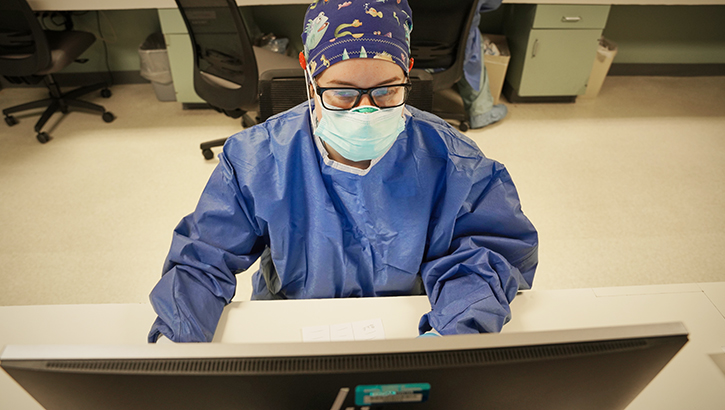
How DoD’s COVID-19 registry supports readiness and health
How the military stays ready during disease outbreaks
Article
6/29/2020
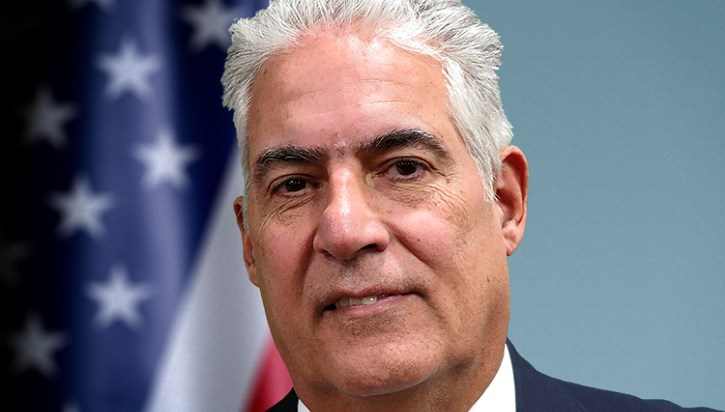
A Q&A with a health surveillance professional at Armed Forces Health Surveillance Branch
Summer PCS plans altered by COVID-19
Article
6/29/2020
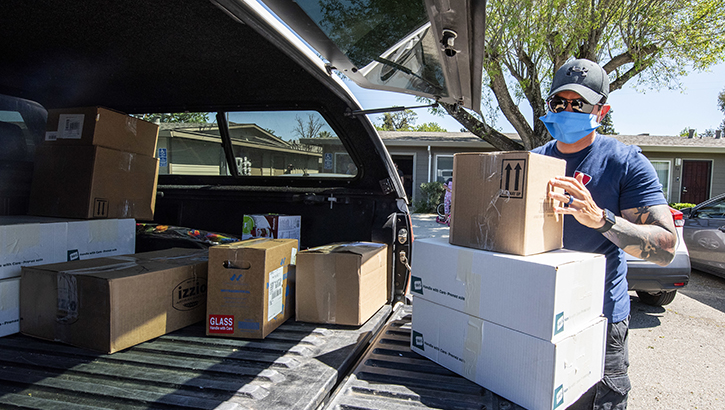
Service members and families have suggestions to keep you safe.
BACH Civilian earns RHC-A Civilian of the Year
Article
6/26/2020
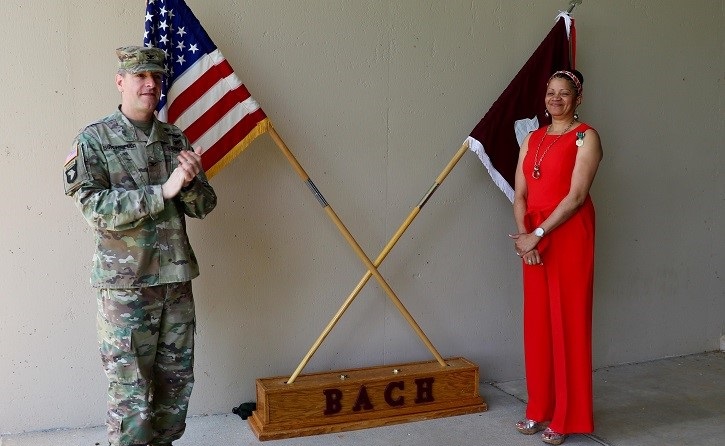
[Guidry] will advance to the U.S. Army’s Medical Command (MEDCOM) Civilian of the Year competition later this year.
DoD trains staff to collect convalescent plasma donations
Article
6/26/2020
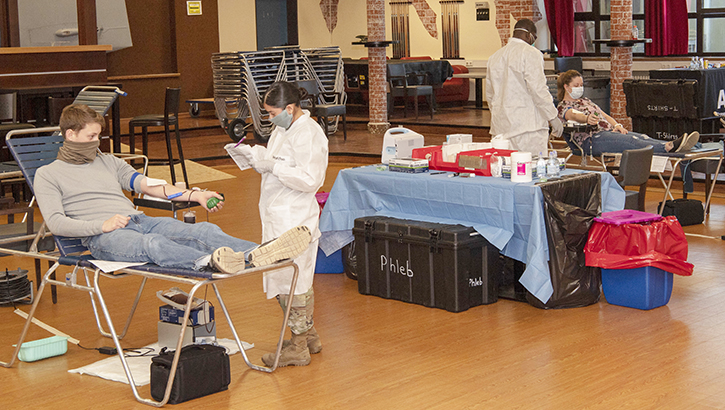
Learn about training features, locations, timetable
MHS Minute: DoD Focused on COVID-19 Testing and Treatment
Video
6/25/2020
Have you recovered from COVID-19, or tested positive for antibodies? Consider donating convalescent plasma. To learn how, go to https://www.militaryblood.dod.mil/
Army 2nd Lt. first to donate convalescent plasma at Benning
Article
6/24/2020

Convalescent plasma contains antibodies to fight the disease.
Pharmacy Operations Division (POD) Reverse HPCON Status Guidance
Publication
6/24/2020
Guidance for Outpatient MTF Pharmacies in Response to COVID-19
Download Letter to Beneficiaries
Publication
6/24/2020
This message replaces guidance issued on March 31. It explains actions military pharmacies are taking to keep services and visits safe during the COVID-19 pandemic, and it outlines your pharmacy options as a TRICARE beneficiary.
DHA’s new MEDLOG IT PMO supports MHS logistics
Article
6/23/2020
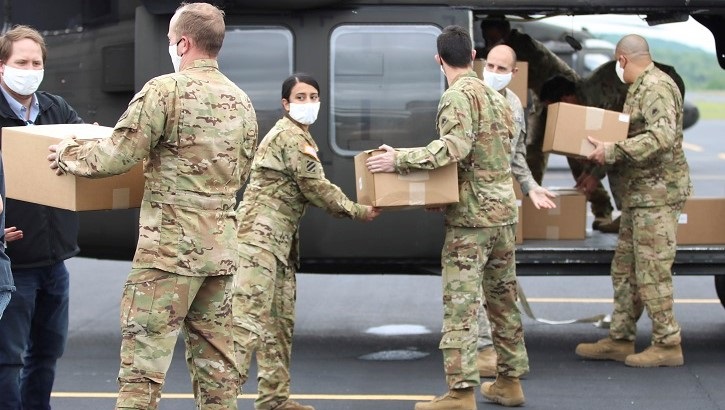
During the COVID-19 pandemic, the MEDLOG IT PMO provided essential medical logistics IT and supply chain support across the MHS and Department of Defense.





















.png)









No hay comentarios:
Publicar un comentario